For Sale: A Wire From Thomas Edison’s 1880 City Lighting Demo
The insulated copper wire was used to illuminate the inventor’s New Jersey home.
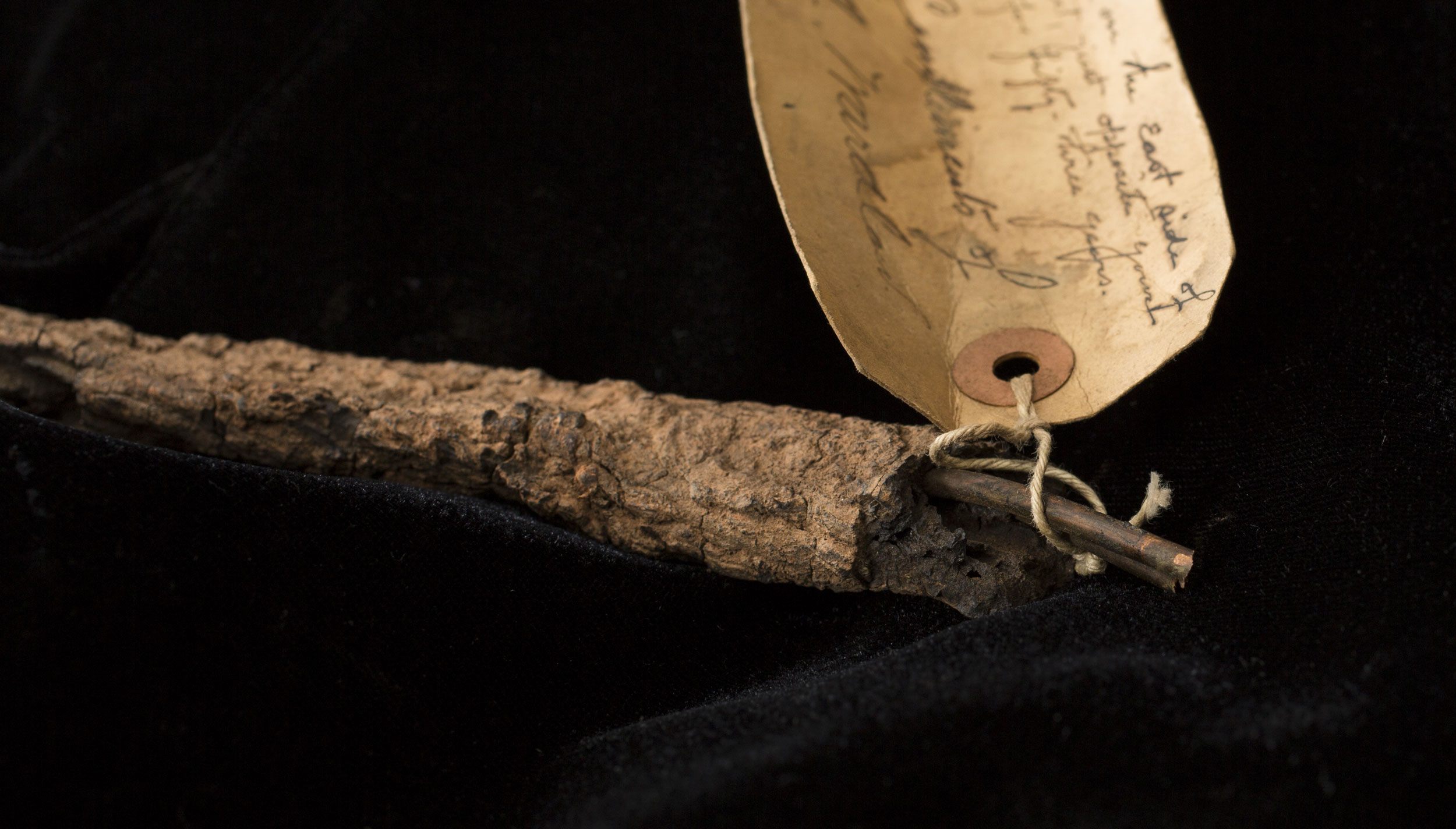
On New Year’s Eve, 1879, Thomas Alva Edison gave the first public demonstration of his “Edison System of Incandescent Electric Lighting” by bathing a street in Menlo Park, New Jersey, in light. Few months later, in 1880, he repeated the experiment, this time targeting a larger area, including his own home, via the first underground electrical power system.
“This was the first experiment of an underground wire system, which was crucial to make electrical light a viable option for city lights,” says Paul Israel, director of the Thomas A. Edison Papers, a research initiative at Rutgers University that documents the inventor’s legacy. Though he’s sometimes credited with inventing the incandescent light bulb, it had been around for 40 years before he improved upon it—and came up with a functional system of underground wires that could deliver electric light to homes and replace gaslight on city streets.
Today a piece of copper wire used in the historic 1880 experiment was put up for sale by the Raab Collection. The price? $120,000.

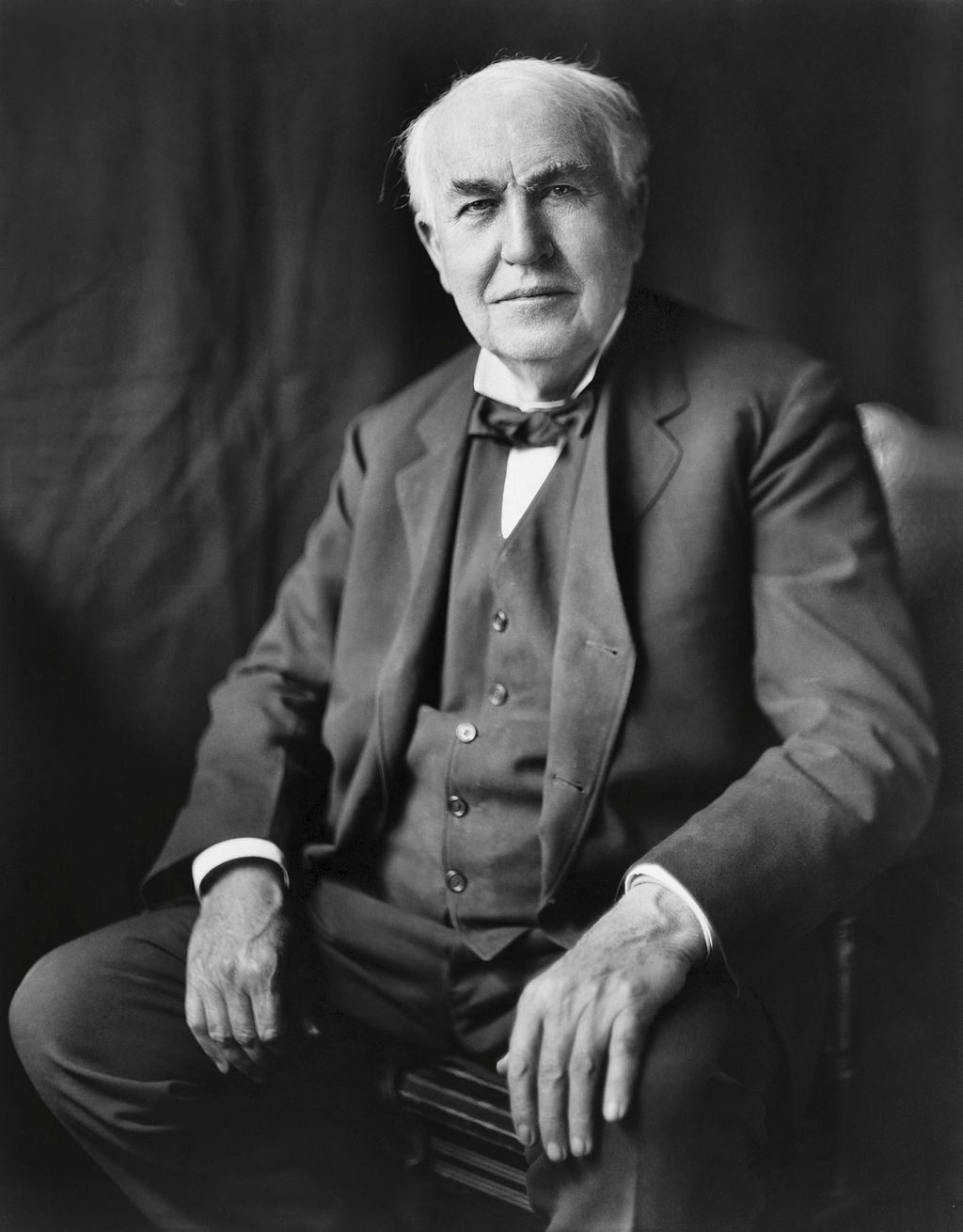
The piece of wire was used to electrify Edison’s own home, and was plucked from the ground 50 years later, along with the special insulating asphaltum around it, by F.A. Wardlaw, a long-time Edison lab aide. He then sent it to Paul Kruesi, the son of Edison’s chief machinist—whose home, across the street from Edison’s, was also illuminated during the demonstration. Wardlaw attached a handwritten note:
This is a piece of the original underground conductor that fed Edison’s home, exactly like that used for yours and Batchelors, at the historic demonstration of the Edison electric light at Menlo park, N.J. in 1880. It was the first underground cable ever used for this purpose. Taken from the earth by myself Sept. 29, 1933, after having been buried on the east side of Christie Street, just opposite your old home, for fifty-three years.”
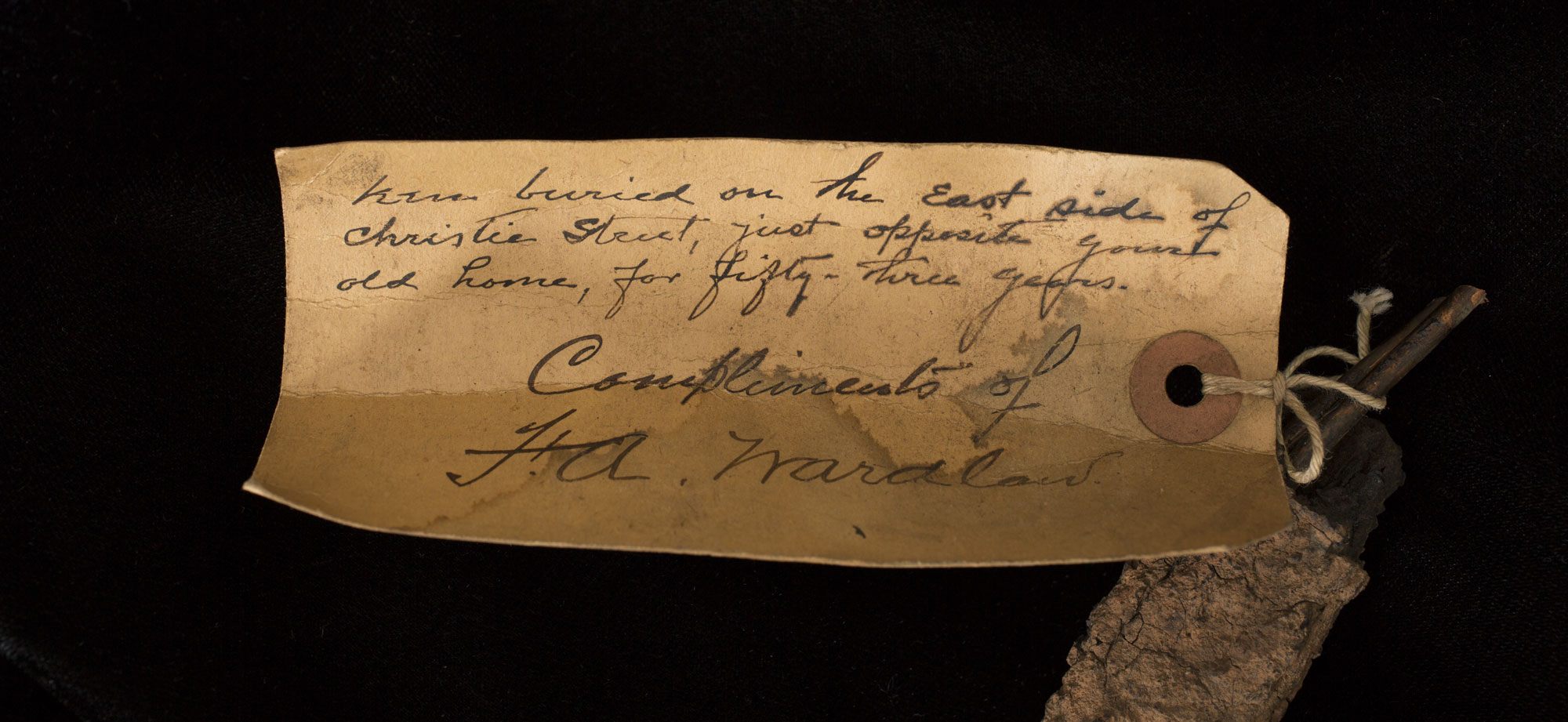
A few months after his Menlo Park experiments, Edison received a patent for the system and went on to build New York City’s first electrical underground infrastructure. By September 1882, part of Lower Manhattan was bathed in the glow of one of his underground electrical systems. “It took engineers a bit more than a year to dig up the streets and put it all in place,” Israel says.
How did people react to the innovation then? “One of the first things people mention about electric light was that, unlike gas or oil light, it did not waver,” Israel says. “Workers at a printing plant said they could see colors much better than with gas light.”
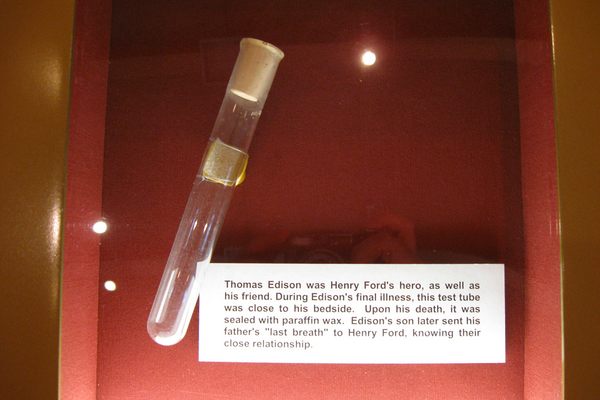





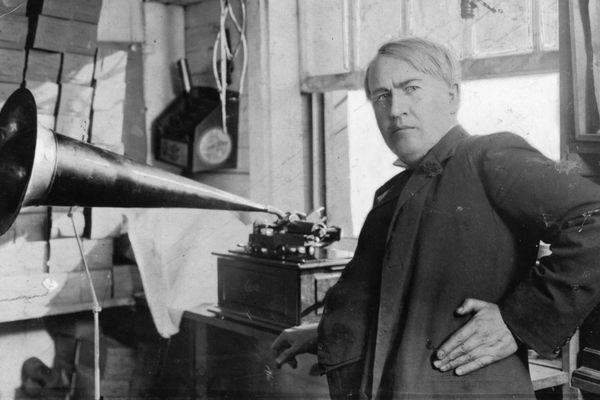
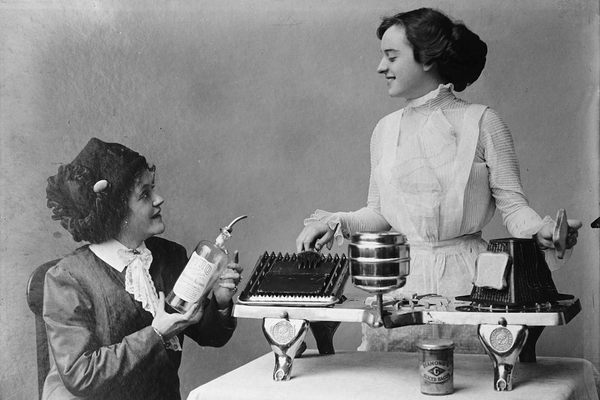




















Follow us on Twitter to get the latest on the world's hidden wonders.
Like us on Facebook to get the latest on the world's hidden wonders.
Follow us on Twitter Like us on Facebook